India/Agosto de 2017/Autor: Vikram Patel /Fuente: The Indian Express
Resumen: El gobierno revisó recientemente la sección de la Ley de Derechos de los Niños a la Educación Gratuita y Obligatoria (RTE) que estipula que «ningún niño admitido en una escuela será retenido en ninguna clase o expulsado de la escuela hasta la finalización de la educación primaria» Abarca las clases 1 a 8. Esta decisión, que ahora permite a los estados imponer exámenes que pueden detener y, presumiblemente, expulsar a los niños durante la educación primaria, ha sido bien recibida por muchos maestros porque la promoción automática de los estudiantes conducía a que un gran número de estudiantes En la Clase 9 sin habilidades básicas de aprendizaje. Esto, a su vez, los condenó a fallar los exámenes de Clase 9 y en última instancia desencadenar la deserción.
The government recently reviewed the section of the Right of Children to Free and Compulsory Education (RTE) Act which stipulated that “no child admitted in a school shall be held back in any class or expelled from school till the completion of elementary education”, which covers Classes 1 to 8. This decision, which now permits states to impose examinations which can detain, and presumably expel, children during elementary education, has been welcomed by many teachers because the automatic promotion of students was leading to large numbers of students landing up in Class 9 without basic learning abilities. This, in turn, doomed them to failing the Class 9 examinations and ultimately triggering drop-out.
It is presumed that detection of learning under-achievement during elementary education will trigger efforts by students, and, one would hope, their teachers, ultimately improving educational outcomes. But besides the obvious pedagogical reasons such as large class sizes and the focus on rote learning, there is one major reason why this sudden change of policy is unlikely to reap the dividends the government and educational community hopes for: It is happening far too late in the life of the child.
The latest report of the Annual Survey of Education, published last year, and based on assessments of basic abilities of reading, writing and arithmetic of over five lakh rural children, offered a glimpse into the scale of the challenge confronting India. While 95 per cent of children aged 6 to 11 years were enrolled in schools, a large proportion of children were simply not learning. Nationally, less than half the children in Class 3 were able to read a Class I level text, a figure which had shown virtually no improvement since 2011. One of every four children enrolled in Class 8 could not read at Class 2 levels. Just over a quarter of Class 3 children could do a two-digit subtraction and a similar proportion of Class 5 children could do simple division.
Will the new detention policy lead to these staggering numbers of India’s children being held back? And, if so, are schools adequately resourced to support these students’ learning needs to help them clear the
examinations?
What is also clear from these grim figures is that a huge proportion of India’s children, exceeding 50 million in a recent estimate, experiences fundamental limitations of learning abilities which have their roots well before they even enter primary school. In short, their intellectual capabilities, a direct outcome of the level of cognitive development of the brain, have been blighted by enormous deprivations in the early years of their lives. These deprivations are mostly the direct result of poverty, from the lack of adequate nutrition which leads to bodies, and minds, being stunted, to the lack of a responsive parenting environment due to the enormous economic and social barriers experienced by their parents, in particular their mothers.
We now know that the brain is exquisitely sensitive to the environment, and toxic influences ranging from the lack of essential nutrients to the lack of essential stimulation, adversely impact the architecture and function of the developing brain. A vast proportion of India’s children who are failing to learn in school were already condemned to this fate before they entered school.
This loss of human potential threatens a perfect storm for a country with the largest number of children in the world and a global economic environment in which entire segments of employment — in particular in the service sector, which is often the only opportunity to those who do not complete school — are being replaced by digital technologies. The future looks truly bleak for tens of millions of our children who are, in effect, doomed to a life of servitude or unemployment even before they have stepped into school, perpetuating the transmission of poverty from their parent’s generation to their own.
The good news is that, just as the brain is damaged by harmful environments, the “plastic” nature of this most precious organ of our body can overcome these challenges when provided with a nurturing alternative, one where both the primary emotional and physical needs are met. Some of these are finally being addressed on a war-footing, for example through improvements in sanitation and hygiene by the eradication of open defecation.
But beyond the attention to physical health, we must act on the need that young children have for intellectually and emotionally nurturing environments, through providing adequate support and information to the care-givers of young children to stimulate them through play, building parent skills to be responsive and non-punitive, and providing affordable and appropriate pre-school child education and high quality engaging primary education.
A few years ago, the World Bank referred to the development of young children as “one of the best investments that countries can make” because a child’s earliest years presented “a unique window of opportunity to address inequality, break the cycle of poverty, and improve a wide range of outcomes later in life”.
A key philosophy was that children should be intellectually “ready” for primary school. While India was amongst the earliest countries to acknowledge the importance of this investment through the Integrated Child Development Scheme launched in 1975, the observations on learning abilities are testimony to the limited success of this scheme. Further, the scheme is almost entirely facility based, missing the enormous opportunity to provide nurturing environments in the homes of young children.
As we celebrate the fact that India’s children now survive in unprecedented numbers, we must turn our attention to giving every child the opportunity to thrive so that they ultimately become capable adults who not only attain their own dreams, but also contribute to the development agenda of the nation. For this to happen, we will need a massive and renewed national commitment to investing in the earliest years of a child’s life.
The writer is the Pershing Square Professor of Global Health at Harvard Medical School and affiliated with Sangath and the Public Health Foundation of India.
Fuente: http://indianexpress.com/article/opinion/columns/our-best-investment-right-of-children-to-free-and-compulsory-education-in-india/

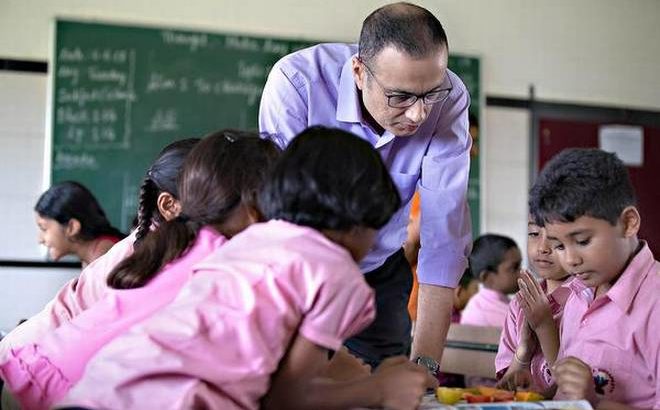
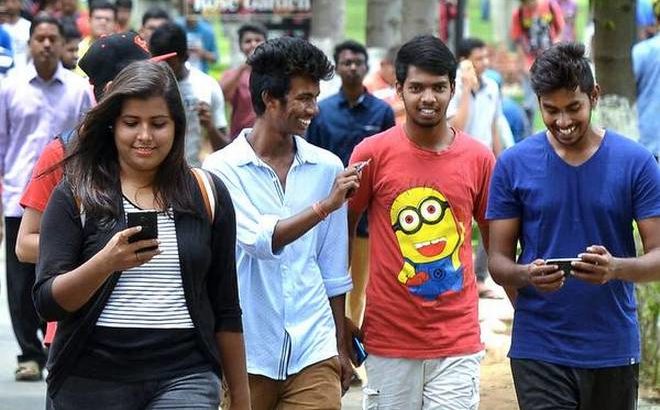
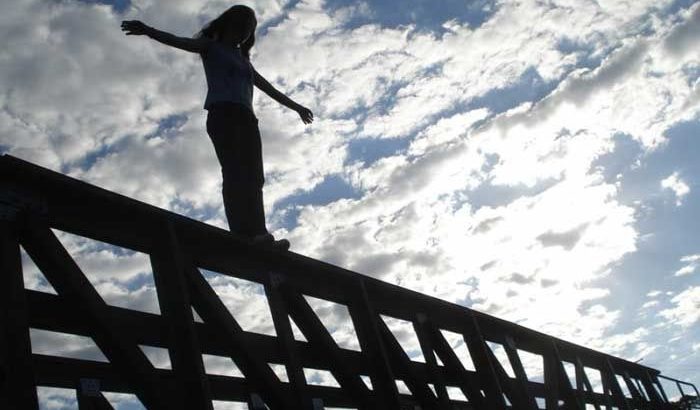
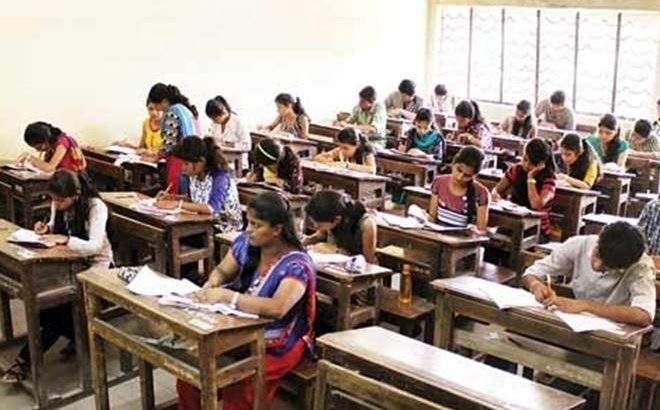


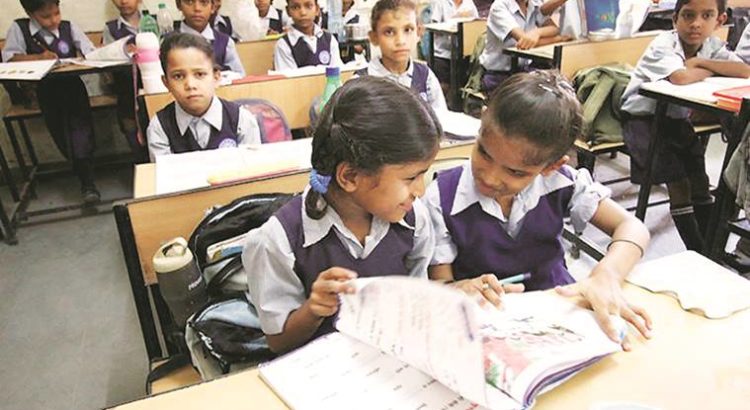






 Users Today : 3
Users Today : 3 Total Users : 35460776
Total Users : 35460776 Views Today : 5
Views Today : 5 Total views : 3419982
Total views : 3419982